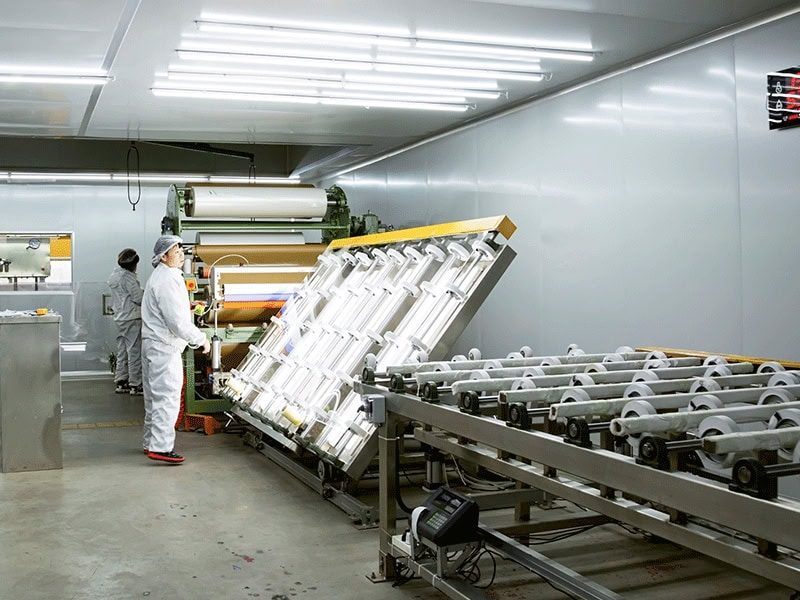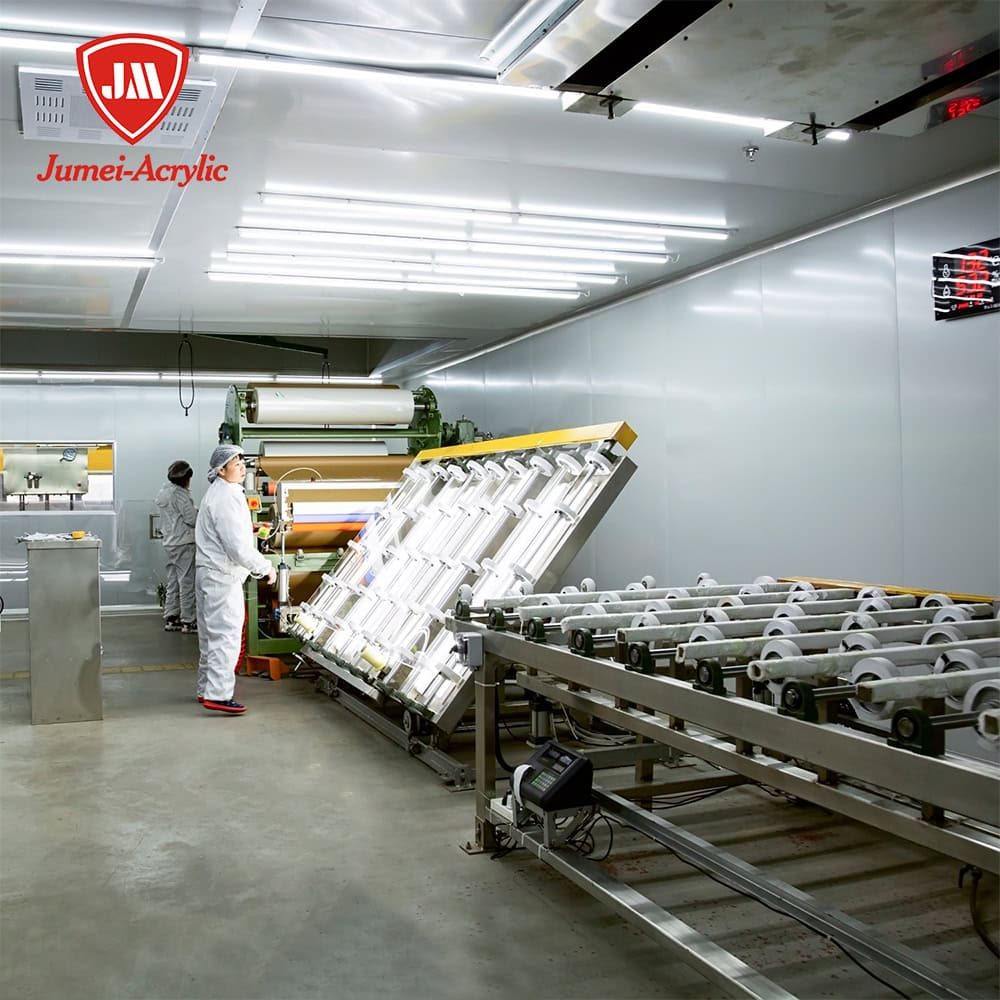Plexiglass is a versatile and durable material that has become a popular alternative to glass in a wide range of applications. From home improvement projects to commercial uses, Plexiglass offers a unique combination of strength, clarity, and flexibility. But what exactly is Plexiglass, and why is it so widely used?
In this article, we’ll explore what Plexiglass is, how strong it is, and the many ways it’s used in everyday life and industry. Whether you’re considering Plexiglass for a DIY project or a commercial application, this guide will help you understand its benefits and determine if it’s the right material for your needs.
What is Plexiglass?
Plexiglass is a brand name for acrylic, also known as PMMA (Polymethyl Methacrylate). It’s a type of clear plastic that’s lightweight, shatterproof, and highly durable.
Material Composition
Plexiglass is made from acrylic polymers, which give it its unique properties:
- Clarity: Offers exceptional transparency, similar to glass.
- Strength: Highly impact-resistant and durable.
- Weather Resistance: Resists UV rays and harsh environmental conditions.
History of Plexiglass
Plexiglass was first introduced in the 1930s and quickly gained popularity due to its versatility and durability. Today, it’s used in a wide range of industries, from construction and automotive to signage and home decor.
How Strong is Plexiglass?
Strength Compared to Glass
Plexiglass is 17 times stronger than regular glass, making it an excellent choice for applications where durability and safety are priorities.
Durability
- Impact Resistance: Plexiglass can withstand significant impacts without shattering, making it ideal for safety barriers and protective shields.
- Weather Resistance: It doesn’t yellow or degrade when exposed to sunlight, ensuring its longevity for outdoor use.
Scratch Resistance
While Plexiglass is not as scratch-resistant as glass, it’s more durable in high-impact situations. For added protection, scratch-resistant coatings can be applied.
What is Plexiglass Used For?
1. Construction
Plexiglass is widely used in construction for:
- Windows and Doors: Its strength and clarity make it a great alternative to glass.
- Roof Panels: Provides natural light while being lightweight and durable.
- Architectural Features: Used in skylights, partitions, and decorative elements.
2. Signage and Displays
Plexiglass is a popular choice for:
- Signs and Billboards: Its transparency and ease of fabrication make it ideal for advertising.
- Showcases and Displays: Used in retail stores and museums to display products and artifacts.
3. Protective Barriers
Plexiglass is commonly used for:
- Safety Barriers: In schools, hospitals, and public spaces.
- Security Shields: For banks, ticket counters, and reception desks.
- COVID-19 Partitions: Provides protection while maintaining visibility.
4. Aquariums and Tanks
Plexiglass is ideal for:
- Aquarium Tanks: Its clarity and impact resistance make it perfect for underwater viewing.
- Pet Enclosures: Used for reptile tanks and small animal habitats.
5. Furniture and Home Decor
Plexiglass is used in:
- Furniture: Clear acrylic tables, chairs, and shelves.
- Decorative Items: Picture frames, lamps, and artistic installations.
6. Automotive and Marine
Plexiglass is used for:
- Windows and Windshields: Lightweight and durable for vehicles and boats.
- Dome Covers: Provides clear visibility while being impact-resistant.
Benefits of Using Plexiglass
1. Impact Resistance
Plexiglass is highly impact-resistant, making it ideal for safety and security applications.
2. Lightweight
It’s half the weight of glass, making it easier to handle and install for large projects.
3. UV Resistance
Unlike glass, Plexiglass is UV-resistant, making it ideal for outdoor applications.
4. Customizability
Plexiglass can be easily cut, shaped, and colored for various creative and functional applications.
5. Cost-Effectiveness
While it can be more expensive than plastic, Plexiglass is often more cost-effective than glass due to its durability and versatility.
When Should You Choose Plexiglass Over Other Materials?
1. Safety Considerations
For applications where shatter-resistance and impact resistance are priorities, such as schools, hospitals, and public spaces.
2. Clarity and Transparency
When a clear, glass-like appearance is needed but with better durability and flexibility.
3. Cost and Weight
For projects where you need a lightweight material that is easier to handle and install compared to traditional glass.
Plexiglass is a versatile and durable material that offers a unique combination of strength, clarity, and flexibility. Whether you’re using it for construction, signage, protective barriers, or home decor, Plexiglass provides a reliable and cost-effective solution.
By understanding its properties and applications, you can make an informed decision about whether Plexiglass is the right material for your project.






